the human digestive system
1/33
There's no tags or description
Looks like no tags are added yet.
Name | Mastery | Learn | Test | Matching | Spaced |
|---|
No study sessions yet.
34 Terms
why do organisms need enzymes?
as most chemical reactions are naturally very slow.
the rate of chemical reactions increases with temperature.
why don’t we increase the temperature of our cells to increase the rate of chemical reactions?
heating our cells more would require a lot of energy.
higher temperatures could damage our cells.
higher temperatures would also speed up non-useful reactions.
what is a catalyst?
a catalyst is a substance that increases the speed of a chemical reaction without being used up or changed in the process.
what is an enzyme?
an enzyme is a special type of catalyst (so it speeds up a chemical reaction without being used up) that is made by a living organism. we sometimes call them biological catalysts.
what is the name of the special region of an enzyme that binds to the substrate?
active site.
what do we call the complex that is formed when an enzyme binds to a substrate?
enzyme-substrate complex.
when discussing enzymes, what does ‘complementary’ mean?
a substrate must be complementary to the active site of the enzyme.
this means that it is the right match, or ‘fits’ the active site.
what is the lock and key model of enzyme action?
this was the first model that scientists proposed. they thought that in order for an enzyme to catalyse a reaction, the substrate had to fit perfectly into the active site.
what is the induced fit model of enzyme action?
this is the improved model that scientists proposed. it states that in order for an enzyme to catalyse a reaction, the enzyme’s active site actually changes shape slightly as it binds to the substrate.
what are the two main factors that affect enzyme activity?
temperature
pH
what does the term ‘optimum’ mean for enzyme temperature?
the optimum temperature is the temperature that gives the highest enzyme activity.
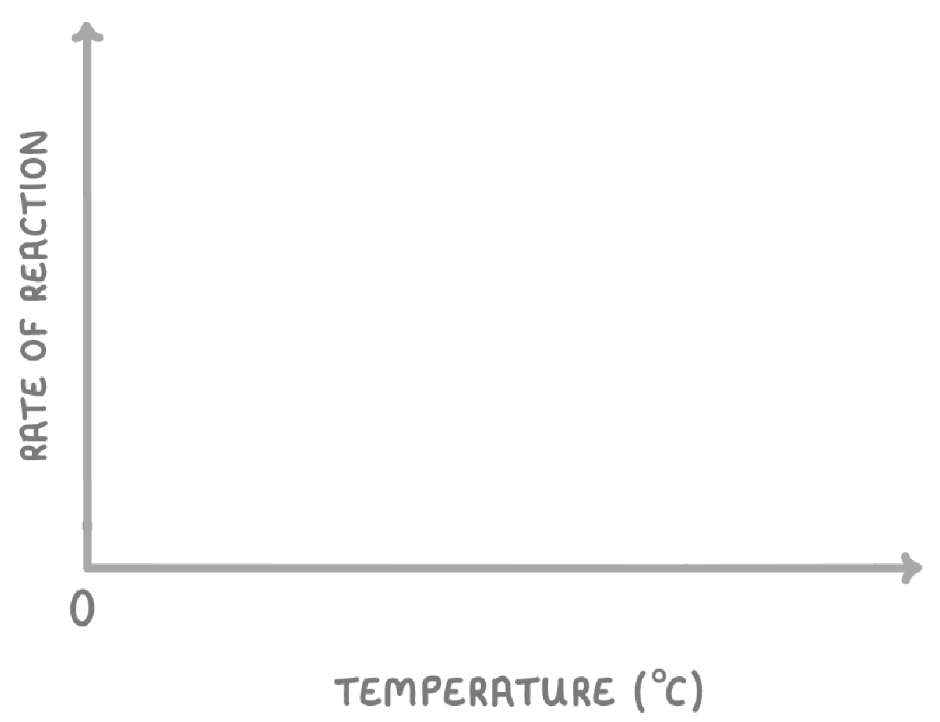
what would the graph above look like for an enzyme-catalysed reaction?

what is the optimum temperature of enzymes in the human body?
around 37-38°C.
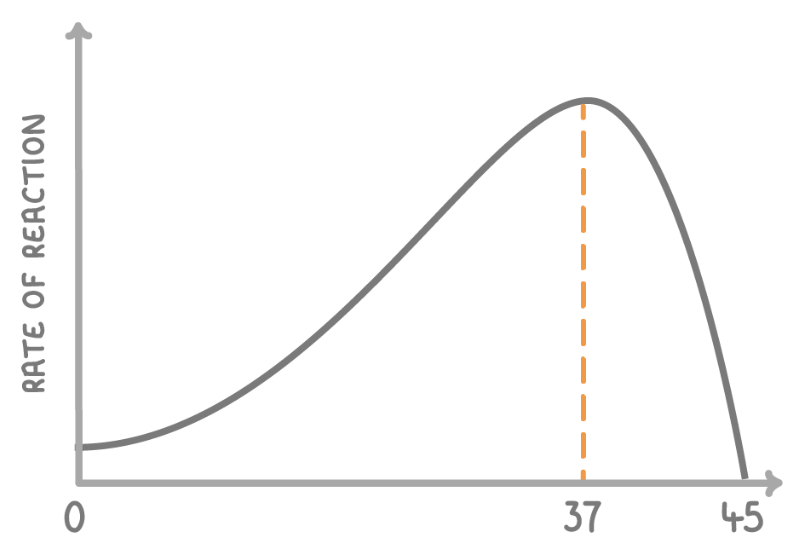
use the graph above to describe and explain how temperature affects the rate of reaction.
at first rate of reaction increases with temperature, as the particles gain more kinetic energy, so collide more frequently with enough energy to react.
the rate of reaction reaches its peak around 37°C, which is the optimum temperature.
above 37°C the rate of reaction starts to fall - this is because the high temperatures break some of the bonds holding the enzyme together, changing the shape of active site and meaning it may no longer be as complementary to the substrate.
at around 45°C the enzymes denatures, which means it can’t form any enzyme-substrate complexes at all, and so the rate of reaction reaches 0.
what is pH?

a measure of the hydrogen ion concentration, or a measure of acidity.
explain how high or low pH can cause an enzyme to denature.
high or low pH can break the bonds holding the enzyme together.
this causes the enzyme and its active site to change shape.
this means the enzyme’s active site will no longer be complementary to the substrate.
this means it can no longer form an enzyme-substrate complex.
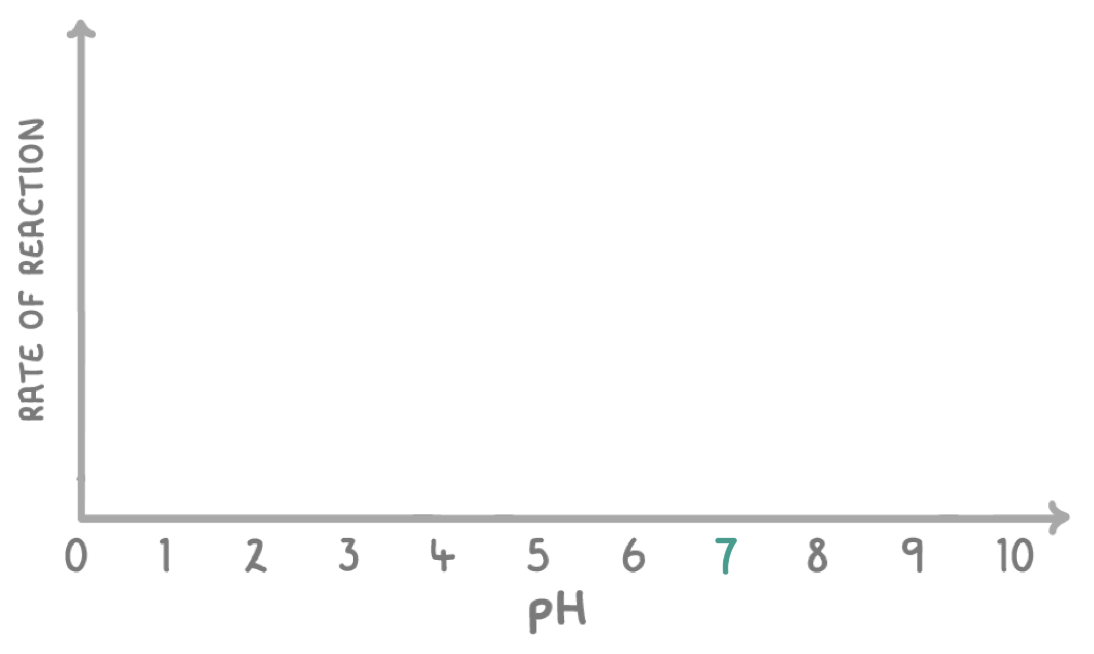
what would the above graph look like for a reaction catalysed by amylase (optimum pH of 7)?
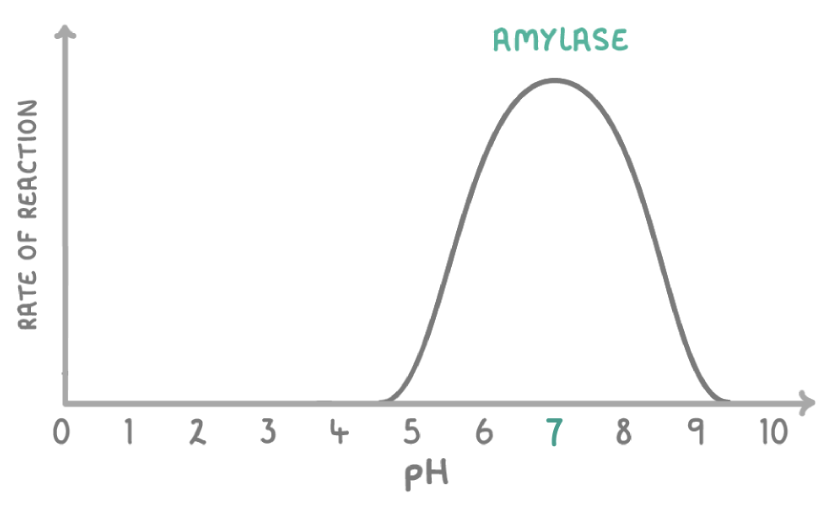
what do we mean by a ‘balanced diet’?
balanced diet
a balanced diet is a diet that includes appropriate proportions of all the different biological molecules, including carbohydrates, proteins, lipids, vitamins, minerals, dietary fibre, and water.
which 3 biological molecules do we need to consume in large quantities (other than water)?
carbohydrates, proteins and lipids.
which type of nutrient provides most of the energy we need each day?
we get the majority of the energy we need each day from carbohydrates.
however, lipids are also used for energy, and even proteins can be broken down for energy if necessary.
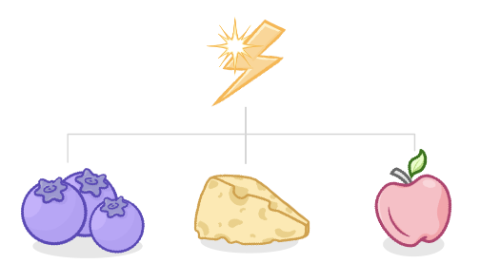
what units do we use to measure the energy that we consume in food?
as in physics, we can measure energy in joules (J). however, in the case of food, we often use calories instead.
state and explain 3 factors that affect how much energy a person requires each day.
activity level - the more active you are, the more energy you need.
age - teenagers often need a lot of energy because they’re growing, whereas elderly people usually need less.
pregnancy - pregnant women need more energy because the baby growing inside them requires a lot of energy.